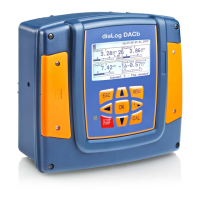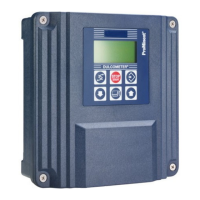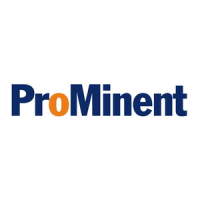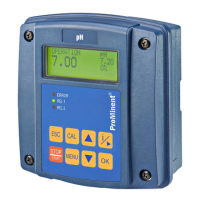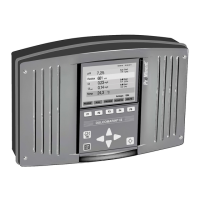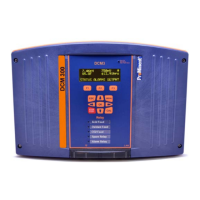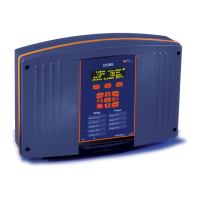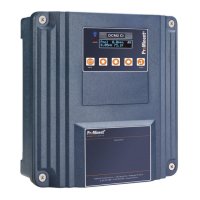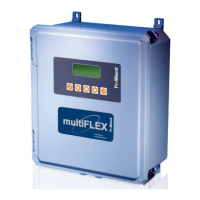Additive and multiplicative feedforward control
Alongside information relating to the actual
measured variable, e.g. the chlorine concentra‐
tion, the interference variable is a further
source of information for the controller that
makes it easier for the controller to provide
stable control during flow processes. During
flow processes, both the above parameters
change frequently within wide ranges. If one
parameter variable is not known, then it is
impossible to achieve stable control of the other
parameter variable. If processing of an interfer‐
ence variable is active, then the processing of
the interference variable is signalled on the
controller's continuous display under
[NAME OF INTERFERENCE VARIABLE]
and
[UNIT]
with the letter
[ Q]
. Depending on the
configuration, an interference variable can be
effective for one or both measuring channels
The signal source of the interference variable
can be supplied to the controller via an analog
signal or a frequency (incorporated in the basic
design of the controller). Channel 2 should be
equipped with equipment package 2 (one main
measured variable, e.g. chlorine) or equipment
package 4 (2 main measured variables, e.g. pH
and chlorine) to process an analog signal.
A frequency signal is connected to digital input
2 and an analog signal to mA input 2. The inter‐
ference variable can act on both channels with
accessory package 4, e.g.:
n mA input at channel 1: chlorine measure‐
ment
n mV input at channel 2: pH measurement
n Channel 2 analog input: flow signal
Applicational example of additive interference
variable
If the addition of a chemical is largely only
dependent on the flow (proportional depend‐
ency), then the addition of an additive interfer‐
ence variable proportional to the interference
variable (flow), adds a proportion of the control
variable to the control variable of the setpoint
controller (setpoint control, that is the compar‐
ison, setpoint: actual value). It is also possible
to completely switch off control of the setpoint
and only provide flow-proportional metering.
The measurement of the main measured value
can be used together with the limit values as a
monitoring function.
Applicational example:
You are to chlorinate drinking water. The
required setpoint is 0.3 mg/l (ppm) chlorine.
The volumetric flow of the drinking water is
measured with a flow meter. The measuring
signal of the flow meter is routed to the con‐
troller via a 4 ... 20 mA signal. A chlorine
sensor CLE3 continuously measures the
chlorine. The volumetric flow alters within a
wide flow range from 0 ... 250 m³/h. The
chlorine concentration of 0.3 mg/l is achieved
using the proportionality between the water flow
and the added volume of chlorine (the correct
design of the metering pump according to the
chlorine concentration is a prerequisite). If the
chlorine requirement were now to increase,
caused by a higher flow or greater depletion
(higher temperature, more germs), then an
additional positive fraction of the setpoint con‐
trol would be added to the flow-proportional
control variable. If by contrast, too much
chlorine is metered, caused by a too high pro‐
portionality, then a negative control variable
would be issued and added to the flow-propor‐
tional control variable and the resulting control
variable would fall.
Set the following in the controller's menu:
Setting the
[Control]
131
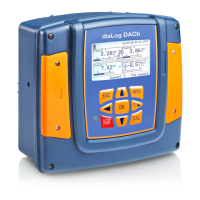
